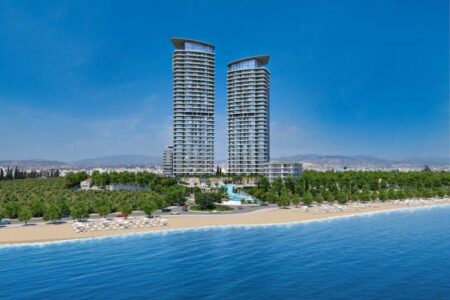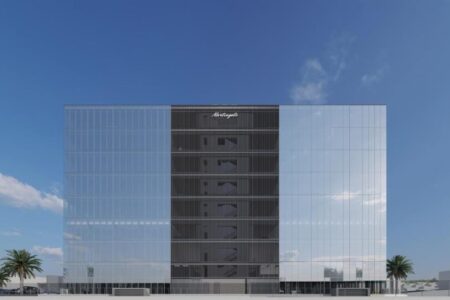02.10.2023
Despite a review of local planning zones and a push to revitalize mountain areas, designers and town planners face some challenges.
Building real estate in the mountains can mean increased construction costs by 30 to 40 percent more than building properties on relatively flat terrain.
Sloping ground causes increased costs due to the need for excavation and bunding, as well as the construction of retaining walls, basements, etc. Climates that typically become colder with increased rainfall require additional insulation and greater maintenance. The presence of trees limits the efficiency of photovoltaic systems, which also increases costs.
To limit the rising costs of building and maintaining a building in the mountains and attract new residents, several measures can be taken.
The low development ratio in the hills in residential/built-up areas should be increased from the existing around 20-25 percent to at least 30-40 percent so that the end result is more economical.
Owners of properties that are very difficult to access must pay compensation to local authorities in the amount of, for example, 2,500–3,000 euros per inaccessible space in order to create parking spaces. This amount should go to a special fund for the arrangement of public parking lots.
To curb tree cutting, building height restrictions should be changed from the current two to three floors to four to five floors.
For the benefit of these areas, the planting of native trees four to five years old and at least two to three meters in height, as well as irrigation facilities, should be mandatory, with a commitment to maintain them for several years from completion of construction.
In addition, to preserve local aesthetics, it is necessary that the external walls have traditional stone cladding, at least on the building facades visible from the road.
For fire protection purposes, provision should be made for the construction of an underground water reservoir for public use in the event of an emergency.
Efforts are underway to attract new residents to the mountains, but these higher costs are not encouraging to developers and individuals.
There were also statements about attracting craft enterprises, modernizing hotels, etc. All this will create a new workforce that will need a place to live. How can this be achieved if development costs are economically prohibitive?
At the same time as rezoning, the government should create appropriate incentives to achieve this goal without much expense.
















